Lithium Borate Sputtering Target Description
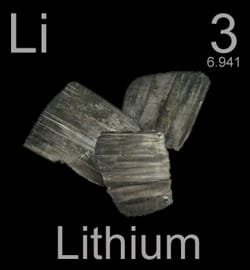
Lithium borate sputtering target, also known as lithium tetraborate sputter target, is an inorganic compound with the formula Li₂B₄O₇.
Lithium is a chemical element derived from the Greek word ‘lithos,’ meaning stone. It was first identified in 1817 by A. Arfwedson and later isolated by W. T. Brande. Its chemical symbol is “Li,” and it has an atomic number of 3, located in Period 2, Group 1 of the periodic table, within the s-block. The relative atomic mass of lithium is 6.941(2) Dalton, with the number in parentheses indicating the uncertainty.
Related: Lithium Sputtering Target
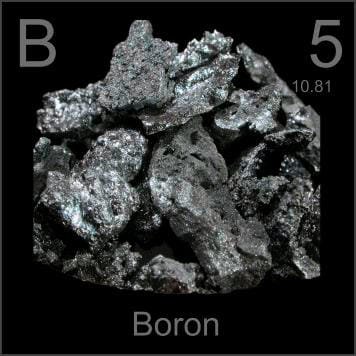
Boron is a chemical element named after the Arabic word ‘buraq,’ which referred to borax. Its chemical symbol is “B.” Boron is the third most abundant element in the Earth’s crust. It plays a crucial role in enhancing the hardenability of steel, allowing for increased hardenable size and improved uniformity in microstructure and properties after quenching.
Related: Boron Sputtering Target
Lithium Borate Sputtering Target Specification
| Material Type | Lithium Borate |
| Symbol | Li2B4O7 |
| Color/Appearance | White Solid |
| Molecular Weight | 169.12 |
| Density | 2.4 g/cm3 |
| Melting Point | 917 °C |
| Available Sizes | Dia.: 2.0″, 3.0″, 4.0″, 5.0″, 6.0″ Thick: 0.125″, 0.250″ |
Lithium Borate Sputtering Target Packing
Our Lithium Borate Sputtering Targets are clearly tagged and labeled externally to ensure efficient identification and quality control. We take great care to prevent any damage that might occur during storage or transportation.

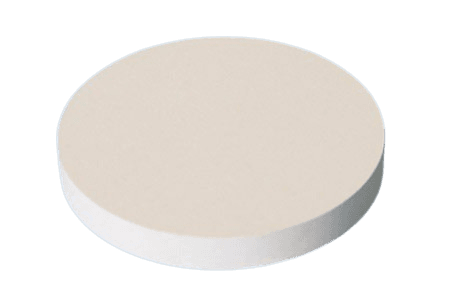

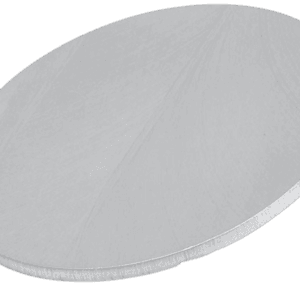
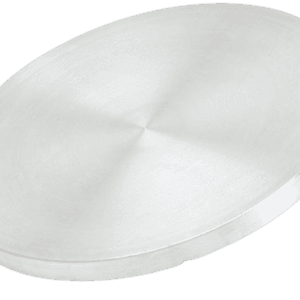
Reviews
There are no reviews yet.